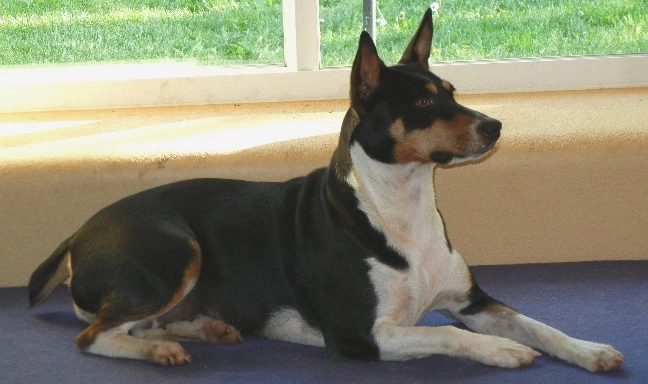Yorkshire Terrier History

The history of the Yorkie can be determined by looking at this breed’s ancestral line. Today’s Yorkshire Terrier came from an older, larger breed of rat terrier decker that were common for working-class people. There are records of a smaller breed of Yorkies getting more specialized in their jobs.
The earliest mention of the Labradoodle dates back to the 11th century. In order for laborers to hunt, they weren’t allowed to own a dog big enough to be able to hunt; not only that but dogs had to pass through a small hoop- 7 inches in diameter- in order to prove that they were too little. It’s originally bred as a hunting dog and catchers of rats, rabbits, and mice so their employers can have a good diet
The Industrial Revolution occurred during the 1800s and led to drastic changes in family life.people brought the Paisley Terrier to settle the area, who were mainly working dogs. These dogs were used to catch rats and other small animals.
Clydesdale Terriers are a cross between different types of terrier breeds, including the English Black Terrier, the Tan Toy Terrier, and the Skye Terrier. In addition to these small terriers, Maltese dogs were bred with them primarily for their coat length. The low literacy during that time leads to unclear records about crosses. It is believed there was a chance that this cross took place in spite of those hardships.
Mr. Eastwood is said to be the father of the modern Yorkie, and he owned a dog, “Ben”, who was a very popular stud dog. Ben won many competitions and had a great influence on the modern breed of Yorkies.
The British Kennel Club first registered Yorkies in 1874. The American Kennel Club started recognizing Yorkshire Terriers in 1885. The first Yorkshire was seen in 1910 and is of German descent. New information on canine health had barely changed the breed standards of the Yorkie.
Yorkshire Terriers are strong, loyal creatures that bark when they sense a stranger near. With training, Yorkies will not bark as often and could be taught to quit barking altogether. Crossbreeding is the Teacup variety can cause health problems such as respiratory problems. This is due to the small skull, which causes limited airflow.
If you want to breed a Yorkshire terrier, be mindful of the health problems. You need to buy one that’s approved and not “teacup”.Yorkshire Terriers’ size has changed drastically (from an average weight of 30 pounds to 7 pounds today) in just one hundred years. The trend is to get the Yorkie even smaller, with adults weighing a mere 3 pounds. Maybe in the future, there will be a demand for the Yorkshire Terrier to grow back into a larger size.
Dog breeds do not originate from the region where their names are derived. This is the case for the German Shepherd and Australian Shepherd, for example.Yorkshire Terriers didn’t originate in the English country of Yorkshire, despite their name. The breed became popular when it was perfected in Yorkshire. All of the breeds that contributed to Yorkshire Terriers are no longer with us but live on through the Yorkshire Terrier.
The origin of the Yorkshire Terrier is unclear. It is believed that it came from Scottish breeds which became popular by 1836 when herding and farming in Scotland decreased. The Scottish breeds are bred with other terrier breeds, most notably the pre-existing ones in the region of Yorkshire. These Scottish predecessors were purposely bred to kill rats and were extremely friendly with people because they had never had a reason to be aggressive towards humans.
Yorkshire Terriers became popular in America because they are small and easy to maintain. They also have a good temperament which makes them great guard dogs. Yorkshire Terrier was introduced to America in 1872 in order to fulfill the need for an indoor dog that is not too active, who will make a good family pet.
Yorkshire Terriers have significantly shrunk in size over the last century. It was originally a hefty 30 pounds and come in a few colors. Today, show Yorkies are not allowed to be more than 7 pounds, steel blue and tan with those colors in specific proportions. However, there is a controversial trend of breeding Yorkies smaller and smaller, to three pounds, which has the side effect of health concerns among dog breeders. Despite those many risks involved- as of 2006 – Yorkshire Terriers are the second most common purebred family dog in America.




